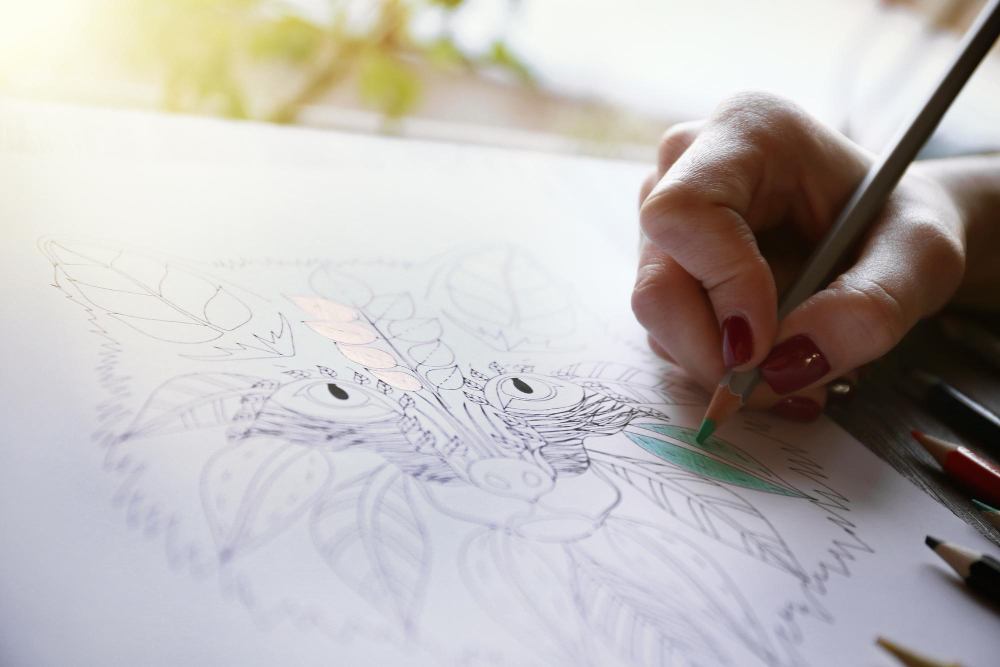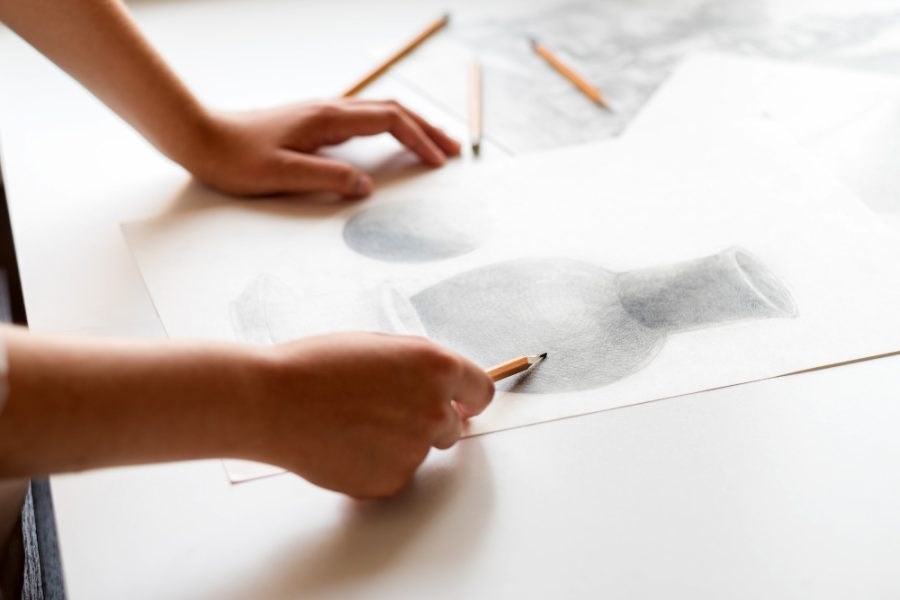Pencil drawing is a versatile and accessible form of art that allows artists to express their creativity and capture the world around them with precision and detail. Whether you are a beginner or an experienced artist, understanding the essentials of pencil drawing can enhance your skills and open up new artistic possibilities. Here are the key elements to mastering pencil drawing.
1. Understanding Pencil Grades
Pencils come in a range of grades, from hard (H) to soft (B), and each grade offers different qualities for drawing. Hard pencils (e.g., H, 2H, 3H) produce lighter lines and are excellent for detailed work and fine lines. Soft pencils (e.g., B, 2B, 4B) produce darker lines and are ideal for shading and creating depth. Experimenting with different grades helps artists understand the tonal range they can achieve.
2. Mastering Basic Techniques
Several basic techniques form the foundation of pencil drawing:
Hatching and Cross-Hatching: These techniques involve drawing parallel lines (hatching) or intersecting lines (cross-hatching) to create texture and tonal variations.
Stippling: This involves creating a pattern of dots to build up texture and tone.
Blending: Using tools like a blending stump, tissue, or finger to smooth and blend graphite for a softer look.
3. Understanding Light and Shadow
Light and shadow are crucial in creating depth and realism in pencil drawings. Observing how light interacts with objects helps in accurately depicting shadows and highlights. Key concepts include:
Light Source: Determine the direction of the light source to maintain consistent lighting in your drawing.
Highlights: The areas where light hits directly, often left as the white of the paper.
Midtones: The middle values between light and dark.
Shadows: The darkest areas where light is blocked.
4. Developing Proportions and Perspective
Accurate proportions and perspective are essential for realistic drawings:
Proportions: Use guidelines and reference points to ensure the correct size and placement of elements in your drawing.
Perspective: Understand the principles of one-point, two-point, and three-point perspective to create the illusion of depth and space.
5. Practicing with Simple Shapes
Starting with simple shapes is an effective way to build confidence and refine your skills. Practice drawing basic shapes like spheres, cubes, and cylinders, focusing on how light and shadow interact with these forms. This practice lays the groundwork for more complex subjects.
6. Exploring Texture and Detail
Textures add realism and interest to your drawings. Experiment with different techniques to represent various textures, such as the roughness of tree bark, the smoothness of glass, or the softness of fur. Pay attention to details to enhance the overall quality of your work.
7. Using the Right Tools
Having the right tools can make a significant difference in your drawing experience:
Pencils: A range of graphite pencils (H to B) for different effects.
Paper: Smooth paper for fine details and textured paper for more grip and texture.
Erasers: Kneaded erasers for lifting graphite and precision erasers for fine details.
Blending Tools: Blending stumps, tissues, or cotton swabs for smooth shading.
8. Developing Your Style
As you practice and gain confidence, you will begin to develop your unique style. Experiment with different techniques, subjects, and compositions to discover what resonates with you. Your style will evolve naturally as you continue to draw and explore.
Conclusion
Pencil drawing is a rewarding and expressive art form that anyone can learn with practice and patience. By understanding the essentials, such as pencil grades, basic techniques, light and shadow, proportions, and textures, you can create detailed and realistic drawings. Equip yourself with the right tools, practice regularly, and don’t be afraid to experiment and develop your unique style. With dedication, pencil drawing can become a powerful medium for artistic expression.




